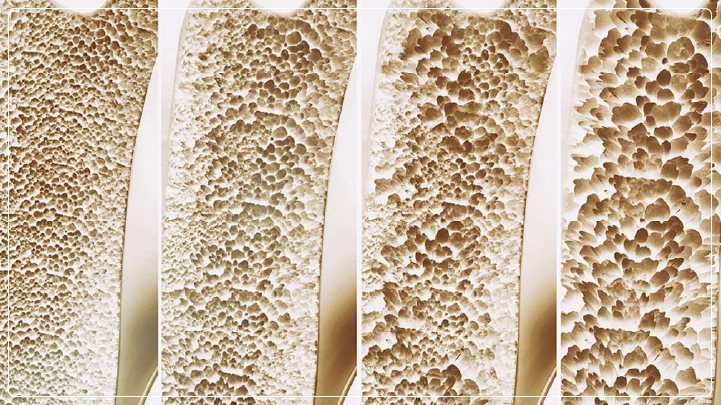April 2025
New research in the New England Journal of Medicine suggests that a drug commonly given to elderly women for osteoporosis could instead be used just once or twice on younger postmenopausal women to effectively stave off fractures. The idea is to move away from concentrating on high-risk individuals to those who truly have bone loss before any significant loss occurs.

The frailty caused by osteoporosis leads to a plethora of fractures, with nerves affecting only about 50 percent of postmenopausal women, making such occurrences frequent. While vertebral fractures remain common, the commendable concern makes this treatment method comfortable, considering the less frequent infusions every five to ten years with zoledronate early after menopause to prevent fractures over ten years. This reduction in the frequency of fractures may be significant in later years.
Research involving more than 1,000 postmenopausal women aged 50 to 60 determined that each 12-month infusion of zoledronate reduces the risk of vertebral fractures by 41% to 44% and all fractures by 23% to 30%. There are no safety concerns related to the use of zoledronate; this type of bisphosphonate therapy presents a new, promising strategy for younger postmenopausal women. The remarkable quality of zoledronate, even five to ten years after it has been administered, is also noteworthy.
Therefore, the researchers suggest that women in their fifties could maintain their bone density at a relatively constant level over time with only a few infusions, potentially preventing fractures and delaying complications related to osteoporosis. Zoledronate itself costs $20 and ranges from $0 to $150 per administration, depending on where it is given, making it accessible to many women and facilitating discussions with their physicians about this economical approach. The significant potential for zoledronate in young postmenopausal women is highlighted by this study.
An innovative study introduced a revolutionary concept in the prevention of osteoporosis, focusing on early recognition and maintenance of bone density, as well as the minimization of fractures with this advancement. With just one or two infusions over 10 years, the use of zoledronic acid in younger postmenopausal women is both effective and convenient. In essence, this ingenious approach addresses a major asset gap: practical and sustainable health solutions for patients. The affordability and ready availability of zoledronic acid enhances its transformative effectiveness. Now, this innovative method could, in theory, be applied to the 50- to 60-year-old age group of women who, upon meeting the aforementioned criteria, will enjoy a higher quality of life in their old age. Research is continuing into the tenth year following zoledronic acid to establish whether its effects remain. By entirely rethinking the usual strategic structure of bone health, as covered in the brief, it sets the stage for a new era in the fight against osteoporosis and its ensuing comorbidities, assuring better futures for millions of women globally.
April 2025
April 2025
April 2025
April 2025